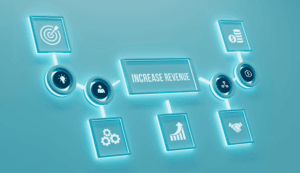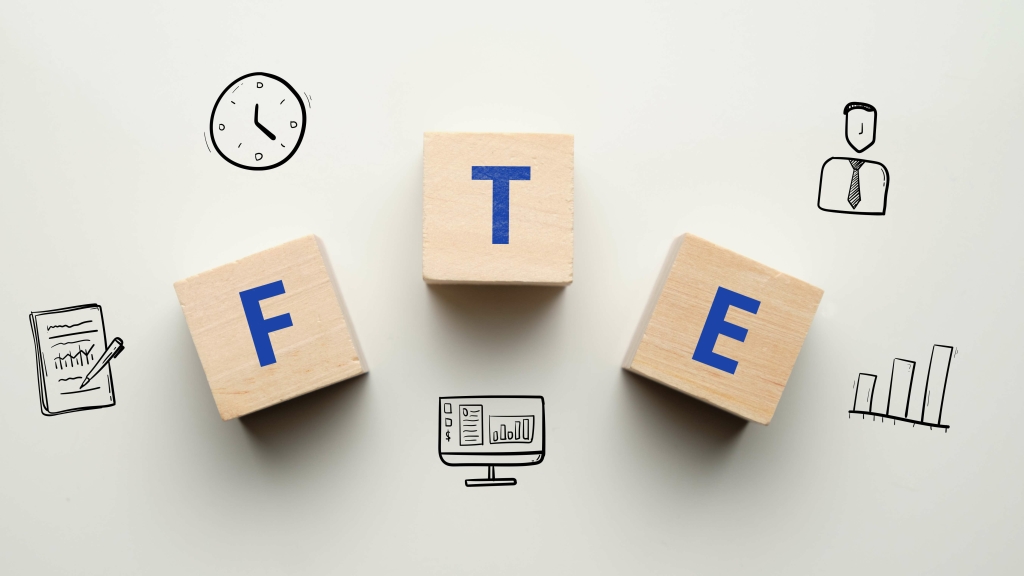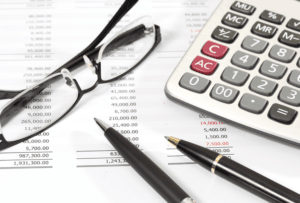
Free cash flow indicates the amount of cash generated each year that is free and clear of all internal or external obligations. If a company’s sales are struggling, they may choose to extend more generous cash flow from assets equals: payment terms to their clients, ultimately leading to a negative adjustment to FCF. A change in working capital can be caused by inventory fluctuations or by a shift in accounts payable and receivable.

Offers Insights into a Business’s Liquidity
The difference lies in how the cash inflows and outflows are determined. These figures can also be calculated by using the beginning and ending balances of a variety of asset and liability accounts and examining the net decrease or increase in the accounts. Add the change in cash to the beginning cash balance to arrive at the ending cash balance, ensuring it matches the cash balance reported on the balance sheet. In the case of a trading portfolio or an investment company, receipts from the sale of loans, debt, or equity instruments are also included because it is a business activity. Refinancing high-interest debts can reduce interest payments, leading to more cash remaining in the business.
- A company can use a CFS to predict future cash flow, which helps with budgeting matters.
- Greg purchased $5,000 of equipment during this accounting period, so he spent $5,000 of cash on investing activities.
- The latter is a financial report that shows how much cash a business spends or generates during a period.
- If you aim to generate consistent and predictable income, stocks and bonds are the way to go.
- This is the value of funds that shareholders have invested in the company.
- This measure is derived from the statement of cash flows by taking operating cash flow, deducting capital expenditures, and adding net debt issued (or subtracting net debt repayment).
How to calculate cash flow from assets

Some examples of cash flow investments are real estate, dividend stocks, bonds, or buying other profit-generating businesses. SEC regulations obligate publicly traded companies to produce cash flow statements on a quarterly and annual basis. Creating the next section of a cash flow statement involves calculating any cash that went in or out of a business as a result of financing, for example issuing equity or taking on debt.
Cash flow investing in stocks and bonds
- In other words, it reflects how much cash is generated from the sale of a company’s products or services.
- A statement of cash flow answers many important questions about the health of your business.
- Often, this timing doesn’t align with when the cash arrives or leaves the account.
- Financing activities refer to investments other organizations have made in the company.
- But when a company divests an asset, the transaction is considered cash-in for calculating cash from investing.
- A common approach is to use the stability of FCF trends as a measure of risk.
- It’s the money available to investors, company management, shareholder dividends, and investments back into the business.
Unlike the latter, operating cash flow covers unplanned expenses, earnings, and investments that can affect your daily business activities. Twenty-nine percent of small businesses fail because they run out of money. To avoid this, you need to know how to calculate cash flow for your company before it gets too late. Luckily, there are different cash flow formulas to help small businesses monitor how money moves in and out as they go about their day-to-day operations. To calculate the cash flow from assets, subtract the change in working capital and the capital expenditure from the operating cash flow.
Video Explanation of the Balance Sheet
The latter is a financial report that shows how much cash a business spends or generates during a period. The balance sheet is a very important financial statement for many reasons. It can be looked at on its own and in conjunction with other statements like the income statement and cash flow statement to get a full picture of a company’s health.

Analyzing cash flow statements for better cash position understanding with Agicap
Though cash flow statements include plenty of helpful information, they alone will not tell you a company’s entire financial picture. For example, if you look at a company’s balance sheet from one year to the next and see its cash assets went from $1 million to $500,00, at first glance, this could look alarming. The cash flow statement paints a picture as to how a company’s operations are running, where its money comes from, and how money is being spent. Also known as the statement of cash flows, the CFS helps its creditors determine how much cash is available (referred to as liquidity) for the company to fund its operating expenses and pay down its debts.
If FCF + CapEx were still upwardly trending, this scenario could be a good thing for the stock’s value. Metro Corporation collected a total of $5,000 on account from clients who owned money for services previously billed. Metro Corporation earned a total of $10,000 in service revenue from clients who will pay in 30 days. Metro Courier, Inc., was organized as a corporation on January 1, the company issued shares (10,000 shares at $3 each) of common stock for $30,000 cash to Ron Chaney, his wife, and their son. This account includes the amortized amount of any bonds the company has issued. You can also have a real-time visibility into your financial data through Sage cash management software, which help you create accurate forecasts and build financial plans confidently.
